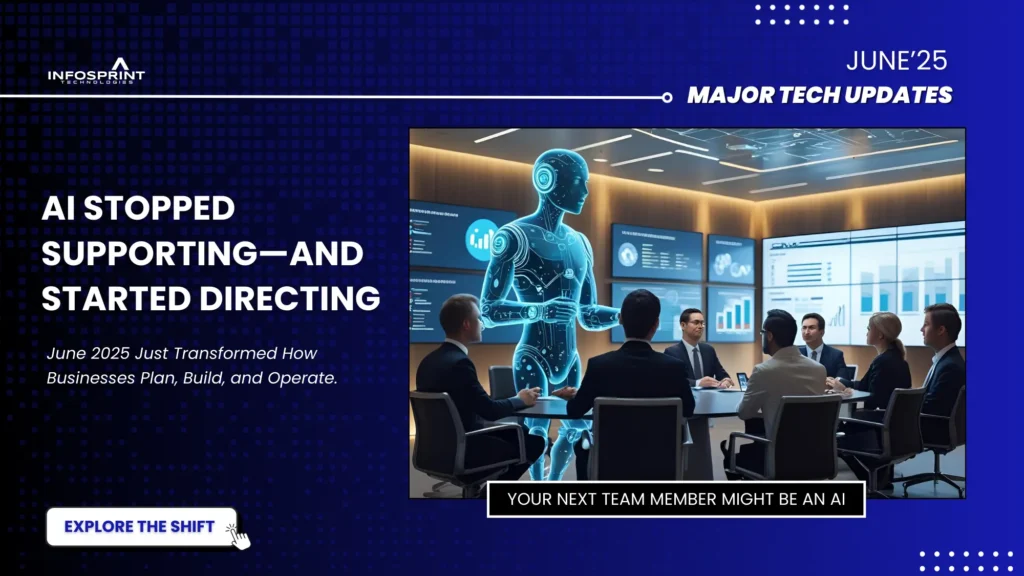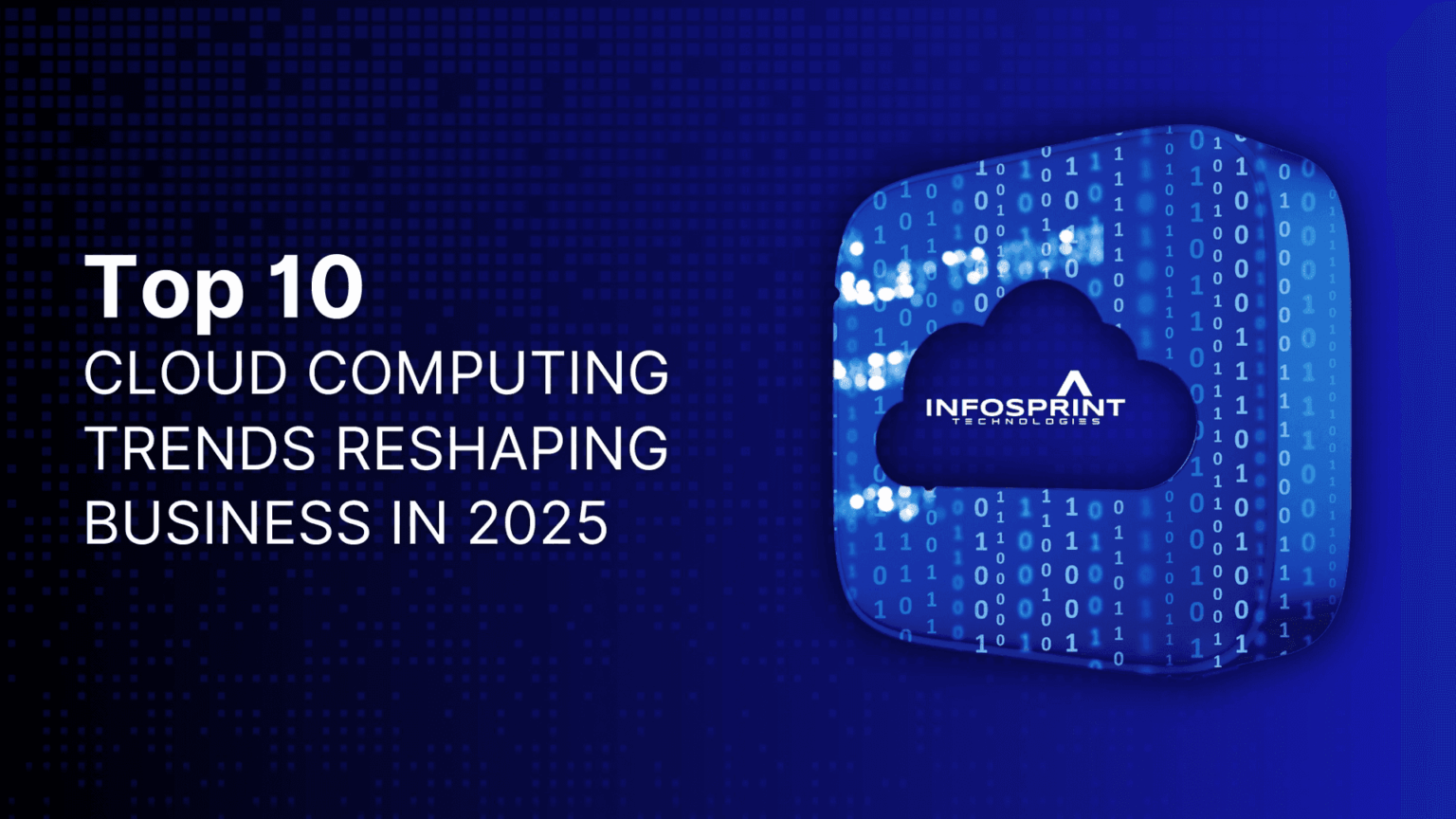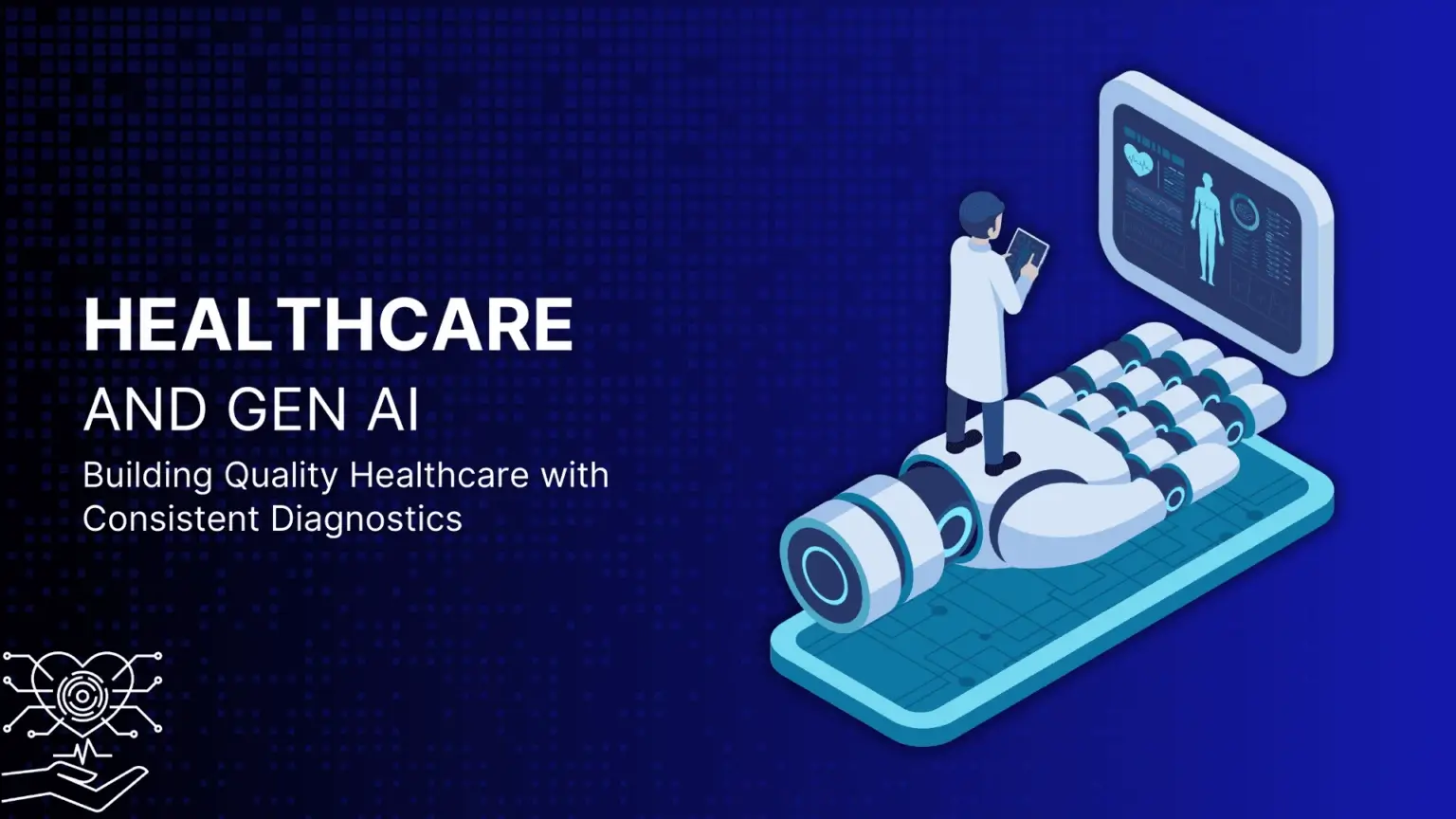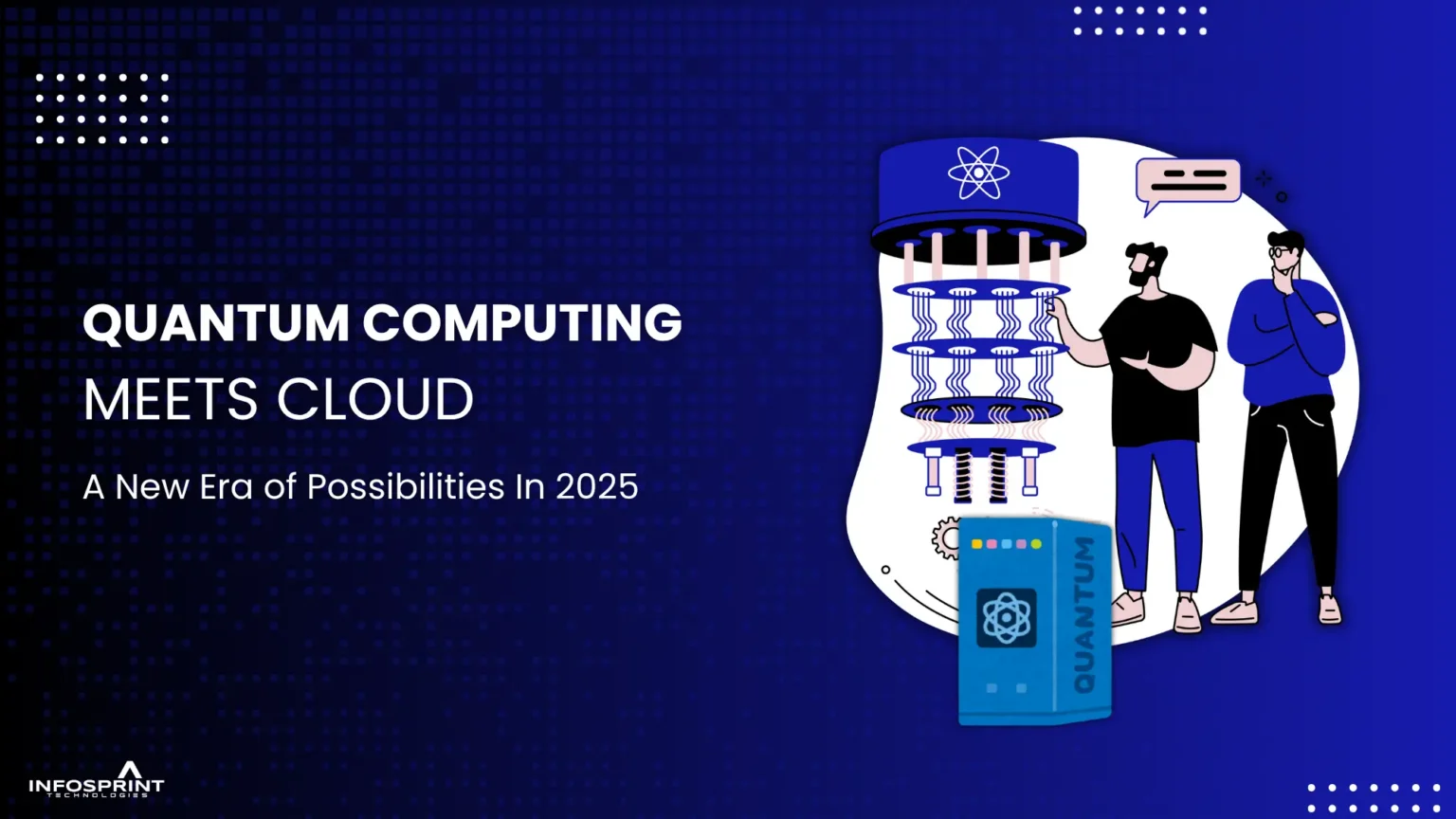AI and Automation in June 2025: 6 Updates Every Leader Must Know

- 1. OpenAI’s O3-Pro and the New Business Intelligence Stack
- 2. ChatGPT Business Expands: Email, Meetings, and Custom Workflows
- 3. Claude Gov: Anthropic enters the regulated AI market
- 4. Generative AI Partnerships: SAP + AWS and Salesforce + Convergence.AI
- 5. RPA Evolution: UIPATH and IBM lead the way
- 6. The Rise of Agentic AI: Beyond Scripted Automation
- 6AI and Automation in June 2025: Act Now or Fall Behind
Over 60% of enterprises in Canada, the U.S., and Singapore plan to increase AI investment in Q3 2025 alone.
June 2025 wasn’t just another month for AI; it was a turning point.
From OpenAI’s release of the logic-first o3-pro model to Anthropic’s Claude Gov setting new standards for secure AI in government, and bold new enterprise integrations from Salesforce, AWS, IBM, and UiPath— June 2025 delivered more than just AI announcements.
AI sent a message: It’s becoming an integral part of the core business strategy.
Infosprint Technologies, a leading digital transformation company, decoded what AI launches in June 2025 mean for automation, security, and business agility, and observed how leading companies are already responding.
Discover how these breakthroughs can become the next competitive advantage for you.
1. OpenAI’s O3-Pro and the New Business Intelligence Stack
OpenAI’s release of the “o3-pro” model on June 10 was a watershed moment for reasoning-driven AI. Replacing the earlier o1-pro and o3-pro sets a new standard in logical processing, scientific reasoning, and complex coding assistance. Benchmark tests have shown it surpassing Google Gemini and Anthropic’s models in AIME math and advanced science exams.
o3-Pro Key Features
- Advanced reasoning and logic-based inference.
- Superior performance in technical and STEM disciplines.
- Seamless availability via ChatGPT Pro, Teams, and Enterprise APIs.
Why This Matters to Enterprises
- Companies can now embed O3-PRO into analytical workflows, internal developer support tools, and even R&D environments.
- By integrating AI into their analytics workflows, they can automatically analyze trends, generate business insights, and support informed decision-making.
- In developer support tools, AI can assist engineers in writing code, debugging, or even designing software systems.
- For R&D environments, o3-pro might be used for simulations, hypothesis testing, data synthesis, or technical research, drastically accelerating innovation timelines.
- Instead of relying solely on data analysts or engineers, AI-assisted querying means even non-technical staff could pull insights from complex datasets.
- Code generation could reduce development cycles and improve productivity.
- Model simulation implies using O3-Pro to test product-market fit, simulate business outcomes, or experiment with scientific hypotheses.
OpenAI’s drastic price reduction—cutting O3 access costs by up to 80%
Previously, enterprise AI was expensive, often limited to large companies. With an 80% reduction in pricing, it opens doors for small and medium-sized enterprises to test or deploy AI with minimal financial risk.
2. ChatGPT Business Expands: Email, Meetings, and Custom Workflows
In tandem with O3-pro release, OpenAI expanded ChatGPT integrations. Now users can ask GPT to read emails, summarize documents, search across documents, or even draft a response based on context, all in an enterprise environment.
New Capabilities
- Connectors: Seamless syncing with Gmail, Outlook, SharePoint, and Google Drive.
- Record Mode: AI auto-transcribes and summarizes meetings in Teams and Enterprise.
- Flexible Pricing: Credit-based models to support varying usage levels.
Impact for IT & operations teams
For companies in regulated industries (finance, legal, healthcare), these updates provide automation options without needing to rebuild processes.
- You don’t need to rebuild your IT systems to use AI.
- ChatGPT acts as an “overlay”, enhancing the tools your team already uses.
- Instead of disrupting workflows, it augments them with AI automation.
Imagine: Your compliance officer receives a daily AI-curated summary of contract updates in SharePoint, complete with red-flag clauses and regulatory implications.
Action point: Data Privacy and Compliance
Before rolling out these integrations, IT leaders must evaluate the data flows and compliance posture:
- Where is the synced data stored? Is it in OpenAI’s cloud, your enterprise tenant, or a hybrid?
- Who can access it? Are access controls aligned with your internal role-based permissions?
- How long is synced data retained?
- Can employees opt out of Record Mode or access to connectors?
- Is explicit user consent gathered before meetings are transcribed?
Best practice: Check if data from Gmail or Drive is being processed locally or routed through global servers. This may impact compliance with Canada’s PIPEDA or Singapore’s PDPA.
3. Claude Gov: Anthropic enters the regulated AI market
This June, Anthropic’s Claude Gov entered the market. This marks the beginning of domain-specific AI tailored for national security and classified use cases.
What is Claude Gov?
Claude Gov is a specialized version of Anthropic’s Claude AI model, purpose-built for classified and highly regulated environments, particularly in national security and government operations.
This product is designed to comply with stringent security, privacy, and compliance requirements, making it suitable for:
- U.S. government agencies
- Defense contractor
- National security institutions
Key capabilities of Claude Gov
- Multi-lingual Encryption & Decryption tasks: Claude Gov can understand, process, and assist with cryptographic tasks across multiple languages, a key need for intelligence and diplomatic agencies that deal with encrypted communications from various regions.
- Analysis of secure documents: Calude can parse, summarize, and extract key information from sensitive and highly classified documents while maintaining compliance with access and handling protocols.
- Classified communication assistance: The model can help draft, structure, or audit sensitive communications, such as diplomatic cables, mission briefings, or legal notices, all under strict data governance.
Although the model is primarily aimed at U.S. agencies, its launch signals the emergence of sector-specific AI. Leaders in healthcare, defense, and critical infrastructure in Canada and Singapore should anticipate similar offerings soon. Organizations bound by HIPAA, PIPEDA, or Singapore’s PDPA can expect compliant AI solutions with sector-specific safeguards.
Claude Gov is a strong example of how AI is being specialized for regulated industries. In our May 2025 Tech Roundup, we discussed the early signs of this trend, and June solidified it with real-world deployments.
4. Generative AI Partnerships: SAP + AWS and Salesforce + Convergence.AI
In June, two significant partnerships were announced, demonstrating the commercialization of AI in mainstream enterprise software.
a) SAP + AWS: AI Co-Innovation Program
At SAP Sapphire, SAP’s annual event, SAP and AWS unveiled a co-innovation initiative. This initiative aims to deeply integrate AI into SAP’s enterprise suite, utilizing AWS Bedrock, Amazon’s fully managed generative AI service.
- Build Generative Agents on Bedrock: SAP users can now build domain-specific AI agents that interact with SAP data in natural language.
- AI-driven ERP insights in real-time: AI models can now analyze massive volumes of structured enterprise data (like supply chain disruptions, late shipments, or material shortages) and proactively recommend actions.
- Financial risk detection & inventory optimization: Through machine learning models trained on historical SAP data, companies can flag anomalies in real-time, catching errors, fraud, or inefficiencies early.
Why This Matters:
ERP systems, such as SAP, are traditionally rigid and data-heavy platforms. This integration enables enterprises to enhance those systems with real-time intelligence, eliminating the need for custom development or bolt-on tools.
b) Salesforce + Convergence.AI: From CRM to Autonomous Agents
On June 11, Salesforce officially completed its acquisition of Convergence.AI, a company known for creating AI agents that can autonomously navigate complex user interfaces and workflows.
- Navigate Complex UI Flows: Agents trained by Convergence. AI can interact with multi-step, dynamic UI components—such as dropdowns, modals, popups, and nested forms—without breaking.
- Handle Dynamic Business Processes: From internal HR onboarding to customer complaint resolution, these agents can follow changing logic, complete forms, submit documents, and even escalate issues when needed.
- Deploy Across Customer Service & Internal Operations: The same agent who assists customers with billing inquiries can also help a sales representative retrieve past deal history or file expense reports in back-office systems..
Why This Matters:
Static commands have long limited the capabilities of AI chatbots and voice assistants. However, Convergence.AI’s technology enables AI to interact with business systems like how a trained human would.
It’s not just answering questions, it’s clicking buttons, filling forms, and making decisions.
5. RPA Evolution: UIPATH and IBM lead the way
As enterprise automation evolves from handling isolated tasks to facilitating strategic transformation, UiPath and IBM are establishing new standards in security, governance, and usability. These are not merely incremental updates; they represent significant improvements that enable safer scaling, more innovative governance, and increased autonomy for business users.
a) UiPath Automation Cloud: Centralized Access Management Goes GA
UiPath’s new Centralized Access Management (CAM) tool, now generally available, represents a significant leap in RPA governance and auditability.
- Role Assignment Export for Audits: Organizations can now export all user-role mappings across environments, a crucial feature for internal audits, compliance certifications, or regulatory reviews.
- Granular Folder-Level Role Management: Manage user access at project or folder levels, enabling tighter control over sensitive bots, data, or infrastructure—ideal for organizations with segregated Dev/Test/Prod pipelines.
- Cross-Tenant Permissions: Users can be granted access across multiple tenants (e.g., Singapore Ops, Canadian Ops) from a single interface, reducing administrative overhead.
- Environment-Based Tagging: Tenants can now be tagged by environment (Dev, Test, Prod), allowing teams to apply environment-specific governance policies or automated alerts.
Why This Matters for Enterprises:
In multinational organizations, automation environments quickly become fragmented:
- Different business units manage their bots.
- Audit trails are siloed.
- Role creep becomes a real security risk.
UiPath’s CAM centralizes all of this, making compliance with IT governance frameworks (like ISO 27001, SOC 2, or PDPA/GDPR) far more manageable.
To understand how businesses are strategically implementing RPA for long-term growth, explore our in-depth guide: RPA Automation Strategies for 2025.
b) IBM Robotic Process Automation 30.0
IBM also made waves in June 2025 with the release of RPA 30.0, which focuses on security, enterprise integrations, and no-code usability.
- Vault Integration: Store and manage secrets (like credentials, API keys) in external enterprise-grade vaults. No more hardcoded secrets in bots.
- TLS 1.3 Encryption: Ensures all communication between bots, controllers, and external systems is fully encrypted to the highest security standards.
- SaaS-Based UIAgent: IBM’s no-code bot designer is now available as a cloud SaaS tool, allowing business users to design and test automations without requiring IT infrastructure setup.
- Do-While Loops & Dynamic UI Agents: These features enable more advanced bot logic and adaptive UI handling, all while remaining easy for non-developers to configure.
Why This Matters:
RPA was once limited to IT departments. That’s changing fast.
IBM’s updates allow:
- Non-technical staff (e.g., HR, Finance, Operations) to build bots with minimal training
- Seamless security compliance via vault integrations
- Scalable deployments across cloud-first infrastructures
6. The Rise of Agentic AI: Beyond Scripted Automation
What makes the trendline for June 2025 unique is the shift in automation from predictable, rule-based processes (traditional Robotic Process Automation or RPA) to dynamic, decision-making bots known as agentic AI.
IBM has launched the Watsonx.ai platform, which includes a Model Gateway that enables the direct integration of large language models (LLMs) into business workflows. Salesforce’s Convergence agents effectively illustrate this new approach.
Agentic AI = Automation + Intelligence + Context Awareness Think:
- A bot that knows company policy and answers employee HR queries.
- A virtual agent that dynamically fills CRM entries based on customer interaction.
Next Steps for Enterprise Leaders:
- Identify one high-friction process per department (e.g., invoice matching, policy lookup) that can be improved.
- Prototype agentic AI on a small scale.
- Ensure governance and testing around decision accuracy and data access.
AI and Automation in June 2025: Act Now or Fall Behind
June 2025 has made it clear: AI and automation are no longer isolated technologies; they’re becoming foundational to enterprise architecture. For companies across Canada, Singapore, and the United States, the focus should now shift to execution.
- OpenAI’s o3-pro makes deep AI accessible.
- Anthropic is opening the door to AI in regulated and secure environments.
- Salesforce, IBM, AWS, and SAP are embedding AI across enterprise tools.
- UiPath RPA automation is making governance a boardroom topic.
Now is the time to convene cross-functional meetings to discuss AI strategy. Evaluate what’s possible, what’s necessary, and what’s next. The technology is here—the advantage will go to those who act first.
Need Guidance? Infosprint Technologies helps enterprises design, deploy, and govern AI and automation frameworks. Let us help you turn trends into transformation.
Related Posts

Top 10 Cloud Computing Technologies to Look Out for in 2025

Consistent Diagnosis: The Cornerstone of Modern Healthcare




